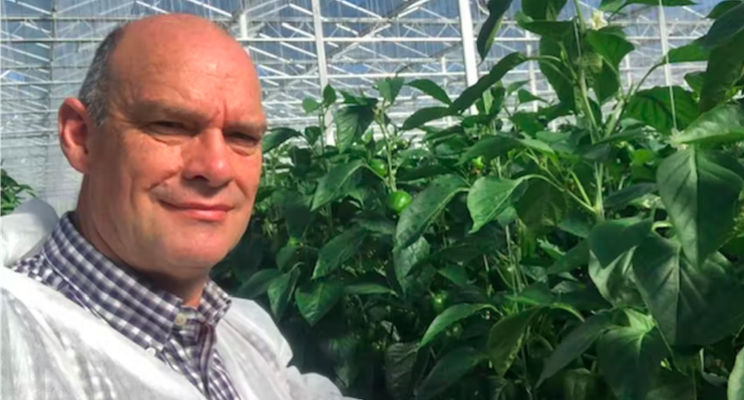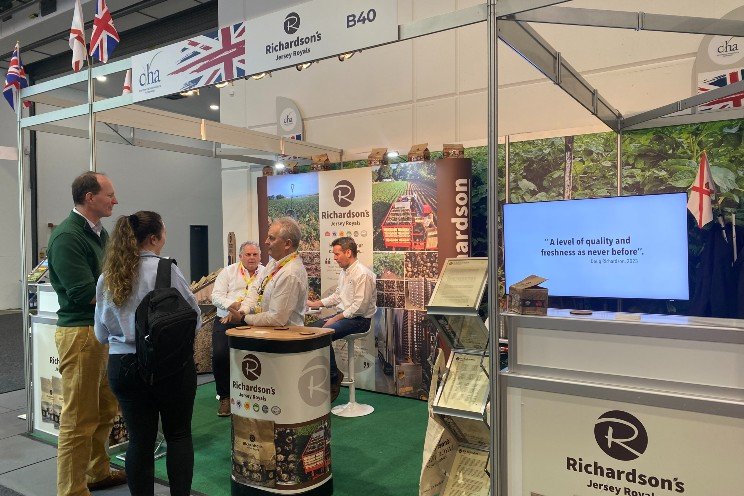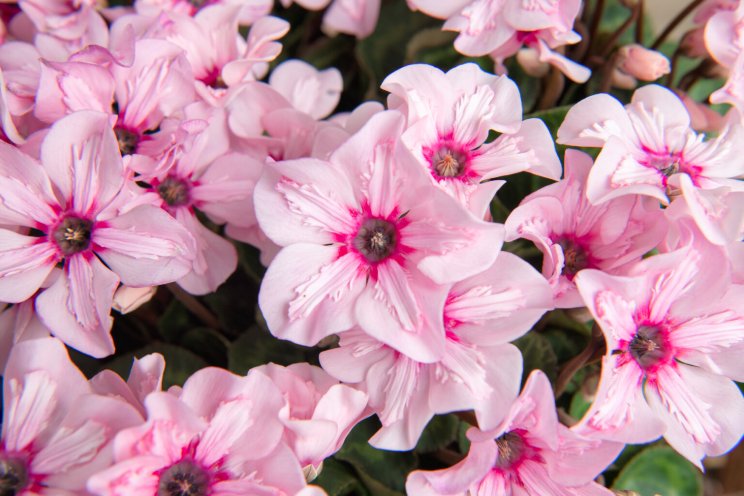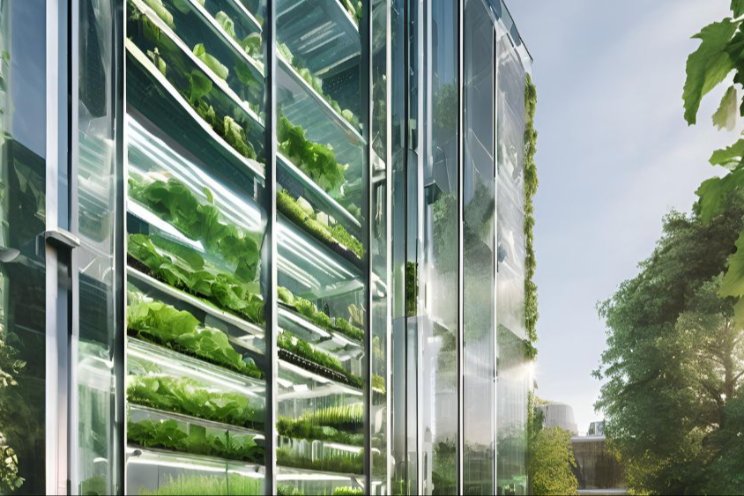"Pay close attention to irrigation, nutrient content and cold feet"
Added on 12 May 2022

The sharp rise in energy prices is forcing many growers to reduce their lighting, to turn down the thermostat a little and provide screening for longer. If irrigation and nutrient levels are not adjusted accordingly, this can have major consequences for the crop and the roots, warns cultivation advisor Jos Beerens from Grodan. "More economical heating might be desirable, but this has a direct impact on crop activity. When doing so, pay extra attention to irrigation, nutrient levels and cold feet".
Cultivation advisor and specialist in fruit-vegetable crops Jos Beerens has noticed that many substrate growers are using less energy for their cultivation, sometimes in combination with less lighting. It is not uncommon to forget to adjust the irrigation as well. This can lead to an imbalance in the crop and affect both root and fruit development.
Less heating, major savings
A lower minimum pipe, longer screening, heating up more gently - these are proven methods to reduce energy consumption and cut costs. With current price levels, a few cubic metres of gas less per m˛ can save a pretty penny. However, growers need to realise that this kind of strategy has consequences for crop activity, argues Beerens. "Less heat means less evaporation, less root activity and lower water and nutrient uptake. You really do need to adjust the irrigation to avoid problems. Adjust the start and stop times and watch out for low temperatures and EC levels in the slab".
The message
Do not just keep irrigating on autopilot and think about the consequences of a different climate regime for the plant, both above ground and in the root zone environment. This is the message that Grodan's advisers have been promoting for weeks. If you think about it, it all makes perfect sense. The point is that irrigation is not always taken into consideration.
Pitfalls
What are the main pitfalls with unchanged irrigation? Beerens: "Heating up later or slower and screening for longer means that the crop becomes active later. If you keep the first drip irrigation session, the water content in the slab is already increased when the plant isn't ready yet. In combination with a lower minimum pipe, this means prolonged cold feet and reduced root activity. If this occurs on a daily basis, the roots also produce fewer new hair roots".
EC too low in the slab
Another consequence of low evaporation and limited irrigation (constant drain percentages and EC) can mean there is less refreshment in the slab, which can lead the EC in the slab to drop too far. "This can cause nutritional deficiencies in the plant", says the cultivation specialist. "That can affect plant resilience and product quality, which often only becomes apparent later in the cultivation cycle. To prevent this, the EC of the drip water should be increased slightly when the EC in the slab shows a downward trend compared to that of the drip water".
Cold feet, warm head
As mentioned above, slower heating with a lower minimum pipe temperature can result in relatively cold feet. When the screens open and there is already enough sunlight to heat the greenhouse naturally, the temperature difference between the root zone environment and the head of the crop can quickly become too great. Beerens: "Then we get cold feet and a warm head. The crop is evaporating abundantly while the roots cannot bring up enough water. This results in dark tops and limp leaves in the head of the plant. Try to keep the difference in temperature between the substrate and greenhouse air below 5-6 °C".
If the slab temperatures are too low, this also has a negative impact on the root penetration of the slab. On sunny spring days, this results in insufficient evaporation capacity, stress and greater susceptibility to blossom end rot.
"If there is consistently too little heat at the bottom of the crop, this will also affect fruit growth and the rate of ripening", explains the cultivation advisor. "And that, in turn, can lead to an excessive load on the plant".
In short
In summary, Grodan's specialists advise growers to consider the consequences for crop activity and the root zone environment carefully when adapting their heating, screening and/or lighting regime. Relevant parameters to keep an extra eye on are the absolute values and the change of the EC, the water content and the temperature in the slab, and the temperature difference between the slab and the greenhouse air around the head of the crop. Adjust the start and stop times and the EC accordingly. More active internal ventilation can also help to stimulate evaporation and bring the root zone environment up to temperature more quickly".
Source and Photo Courtesy of Grodan
Source: Grodan
More news















